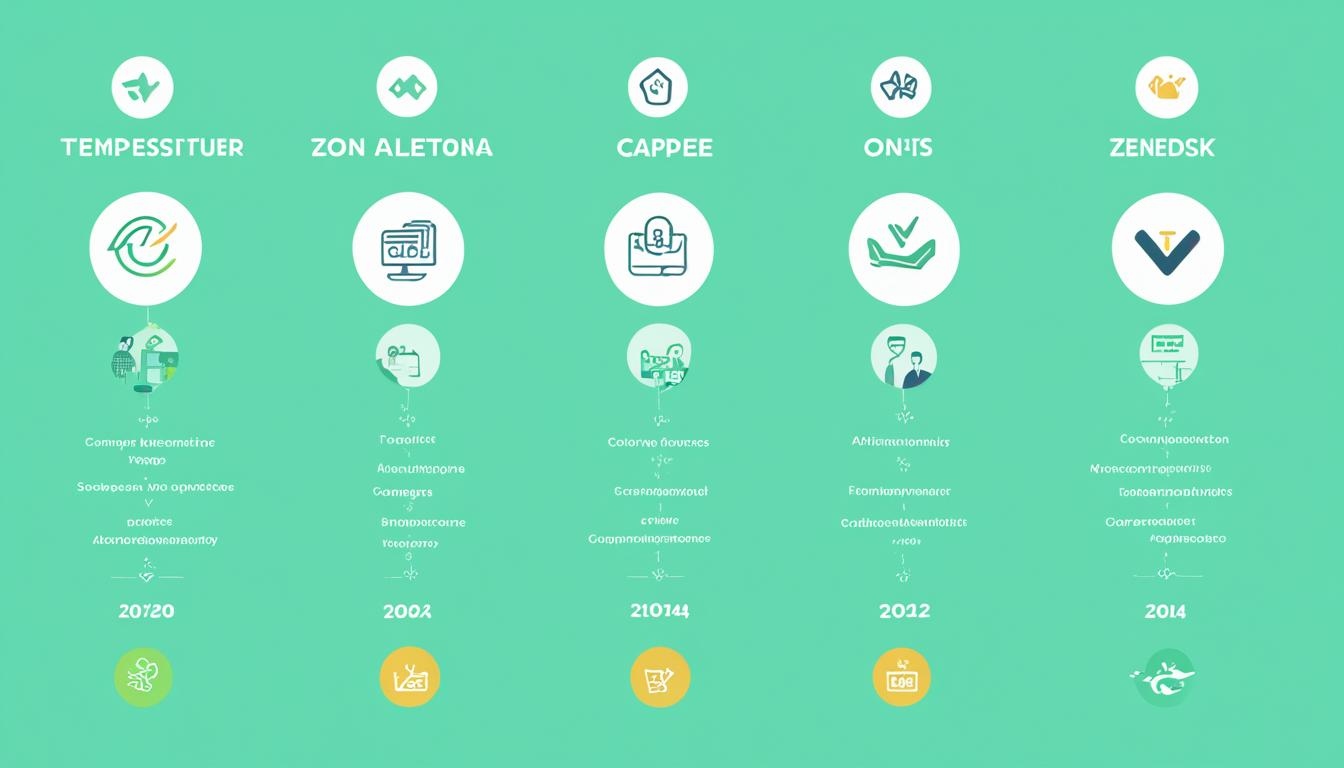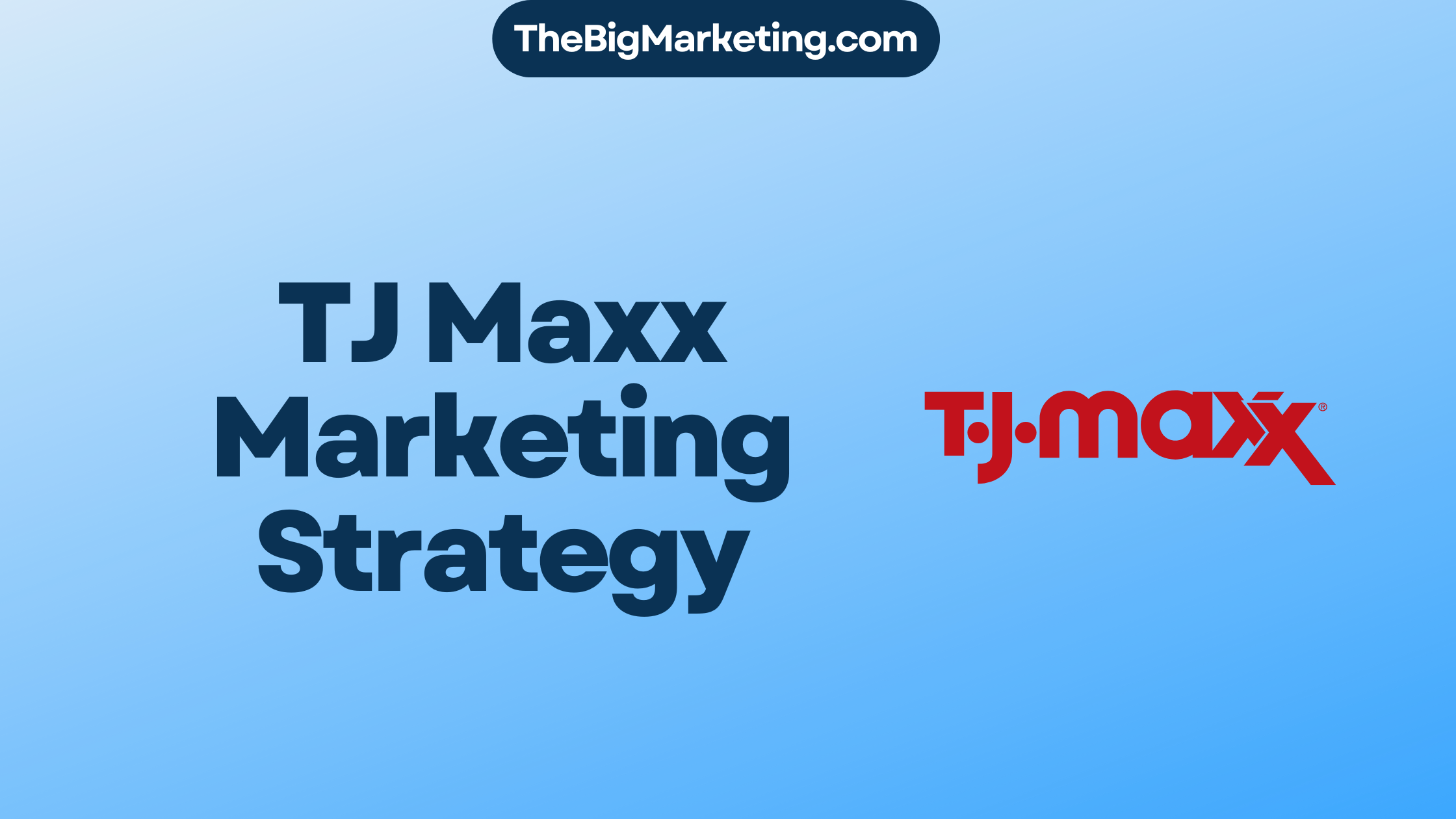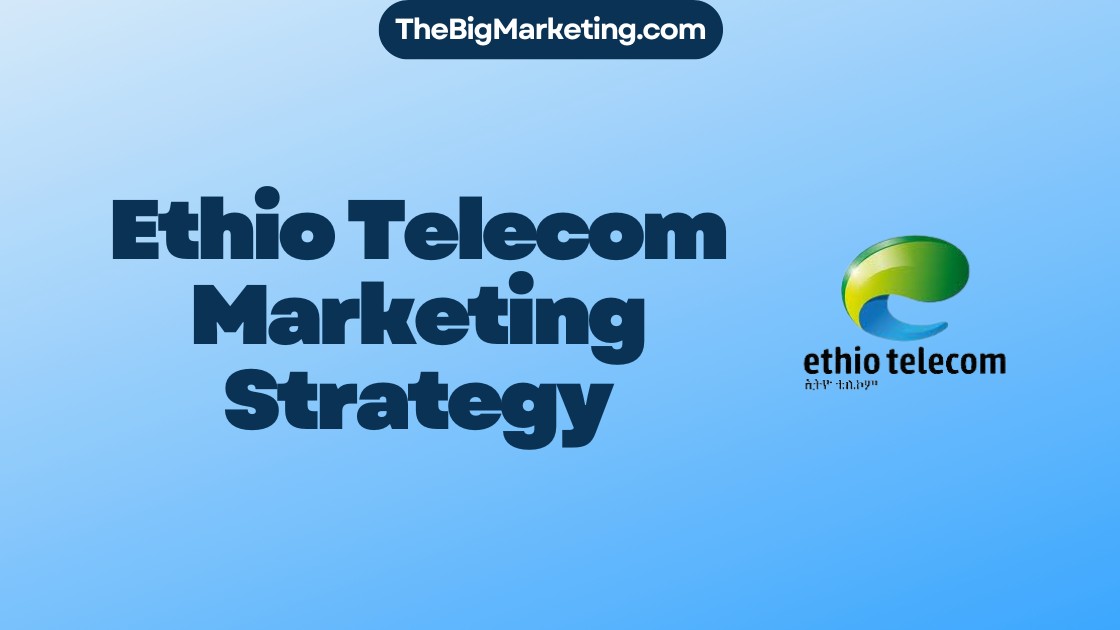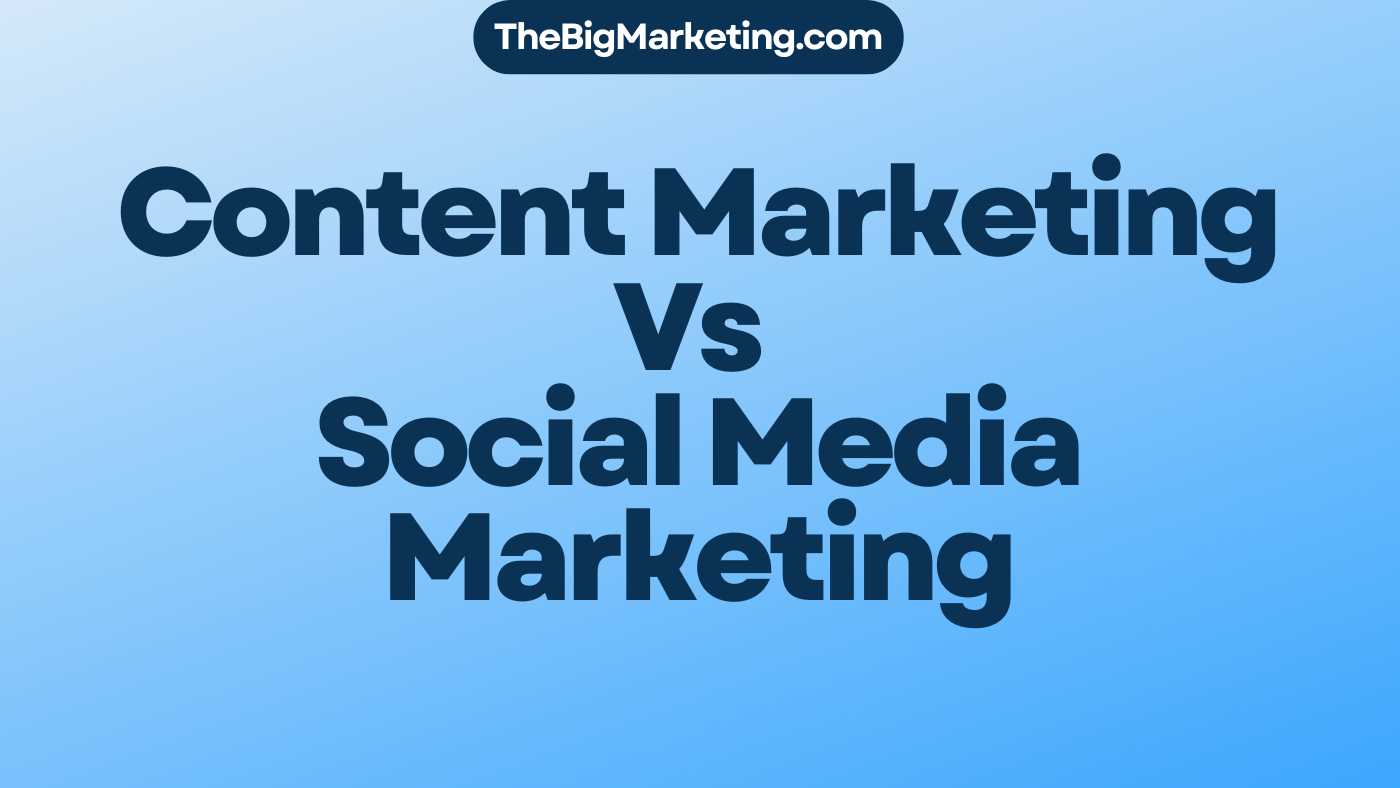H&M, the world’s second-largest clothing and apparels retailer, has developed a comprehensive branding strategy to position itself as a leader in the competitive fashion market. With over 4800 stores worldwide operating in more than 75 countries, H&M has established a strong presence globally.
Understanding the importance of sustainability, H&M has collected over 40,000 tonnes of clothing material through its recycling campaigns and aims to collect 25,000 tonnes per year by 2020. This commitment to sustainability sets H&M apart and resonates with environmentally-conscious consumers.
One of H&M’s notable marketing campaigns, “Love for All,” not only promotes their products but also supports a cause. For every sale, H&M donates 10% of the sales price to the UN Free and Equal, the United Nations Human Rights Office. This initiative showcases H&M’s dedication to social responsibility.
Recognizing the need to cater to diverse customer preferences, H&M offers a rental service for men’s ready-to-wear suits. Men can rent suits for free for 24 hours, enabling them to make a lasting impression at job interviews. This unique service emphasizes H&M’s commitment to helping people enhance their professional image.
Furthermore, the “One/Second/Suit” marketing campaign focuses on men’s wear branding, providing shoppers with guidance and assistance in improving their professional image. This campaign demonstrates H&M’s understanding of customer needs and their ability to offer personalized solutions.
Key Takeaways:
- H&M operates in over 75 countries and has more than 4800 stores worldwide
- H&M has collected over 40,000 tonnes of clothing material through recycling campaigns
- The “Love for All” marketing campaign donates 10% of the sales price to the UN Free and Equal
- H&M offers a free rental service for men’s ready-to-wear suits
- The “One/Second/Suit” campaign focuses on men’s wear branding and improving professional image
The Evolution of H&M’s Branding Strategy
H&M, also known as Hennes & Mauritz, has come a long way since its establishment in 1947 in Västerås, Sweden. Initially offering women’s clothing under the name Hennes, the brand underwent a transformation in 1968 by acquiring the hunting apparel retailer Mauritz Widforss, expanding its offerings to include menswear.
Since then, H&M has solidified its presence in the fashion retail industry, establishing itself as a dominant force with over 5,000 stores across more than 70 markets. Through its fast fashion model and vertical integration approach, H&M can swiftly bring new styles to market, controlling design, production, and retail operations to optimize efficiency and cost-effectiveness.
One of the key elements that have contributed to H&M’s success is its branding strategy. The brand has continuously evolved to stay at the forefront of the fashion industry, effectively positioning itself as a trendsetter in the market. By closely monitoring runway shows and fashion weeks, H&M ensures that it offers fashion-forward and on-trend designs that appeal to its target audience.
Targeting primarily young adults aged 18-35, H&M understands the importance of catering to diverse customer segments. The brand’s offerings also extend to children and teenagers, with segmentations based on factors like lifestyle and income. This approach allows H&M to appeal to a wide range of customers with its diverse range of products.
Furthermore, H&M’s branding strategy is deeply rooted in its commitment to sustainability and inclusivity. The brand sets ambitious environmental goals, aiming to reduce greenhouse gas emissions significantly and achieve climate positivity by balancing out remaining emissions through removals. H&M also promotes diversity in its advertising, featuring models of different ethnicities, body types, genders, and abilities, celebrating cultural differences and moving beyond stereotypical beauty standards.
To enhance its brand visibility, H&M strategically positions its stores in prime locations and invests in visual merchandising techniques that enhance the shopping experience for its customers. The brand’s online presence is equally strong, with a digital community of over 38 million members and impressive annual growth in online sales.
Collaborations with designers and celebrities have played a significant role in elevating H&M’s brand prestige and credibility in the fashion industry. From high-profile collaborations with mega-stars like Gigi Hadid to partnerships with niche micro-influencers, H&M has successfully tailored its communications to specific customer segments, further enhancing its brand reach and relevance.
Looking ahead, H&M’s evolution will continue to shape its branding strategy. With a focus on affordability, fashion-forwardness, sustainability, and inclusivity, the brand is well-positioned to maintain its position as a global leader in the fashion retail industry.
Market Research and Analysis
Market research is a crucial aspect of any successful business strategy, and H&M understands the significance of gathering data and insights. Through extensive market analysis, H&M has identified its target audience as the youth segment aged 16-25, emphasizing its focused marketing strategy towards this specific demographic.
One of the key findings from the research was the identification of a market gap related to size inclusivity in clothing. This gap presented an opportunity for H&M to address customer preferences and enhance its brand positioning. By promoting its all size clothing feature, H&M successfully capitalized on this market gap, demonstrating its commitment to inclusivity and catering to a diverse range of body types.
H&M’s emphasis on market research and analysis has allowed the brand to gain a deep understanding of its target audience’s preferences and needs. This knowledge enables H&M to curate its product offerings and marketing campaigns to resonate effectively with its customer base.
H&M’s Target Audience: Youth Segment aged 16-25
By focusing on the youth segment aged 16-25, H&M recognizes the importance of catering to the preferences and lifestyles of the younger generation. This demographic is known for its strong influence on fashion trends and their active engagement with social media platforms.
Through influencer marketing, H&M has successfully created brand awareness and engagement among its target audience. Collaborating with influencers who align with H&M’s brand values has further amplified the reach and effectiveness of its marketing campaigns.
Market Gap Analysis: Size Inclusivity in Clothing
Customer feedback and market research indicated a market gap related to size inclusivity in clothing. H&M proactively addressed this gap by offering all size clothing options. This initiative not only showcases H&M’s commitment to inclusivity but also serves as a unique selling proposition in the competitive fashion retail industry.
In addition to size inclusivity, H&M has taken significant steps to differentiate itself in the market through collaboration strategies and sustainability initiatives. These efforts highlight H&M’s commitment to innovation, sustainability, and meeting the evolving needs of its target audience.
| H&M Market Analysis | Customer Preferences |
|---|---|
| H&M operates over 4,700 stores in 75 countries globally, marking its substantial presence in the fashion retail industry. | Social influences like celebrities and social media shape customer preferences for H&M. |
| In a market research analysis, it was found that H&M’s primary target audience is the youth segment aged 16-25, signifying the brand’s strategic focus on a specific age group for its marketing efforts. | Customer feedback identified a market gap related to size inclusivity in clothing, presenting an opportunity that H&M capitalized on by promoting its all size clothing feature. |
| The emphasis on search engine optimization has notably improved H&M’s online visibility, demonstrating the significance of SEO for driving traffic and increasing sales in the fashion retail sector. |
H&M’s Customer-Centric Approach
Understanding the preferences, motivations, and purchasing habits of the H&M target audience has been crucial in shaping the brand’s customer-centric approach. H&M’s market research and analysis efforts have provided valuable insights into customer preferences and have helped guide the company’s decision-making process.
One key aspect that H&M has focused on is catering to the diverse body types and fashion needs of its customers. Market research revealed that customers expressed a desire for size inclusivity in clothing options. In response, H&M has taken steps to offer diverse sizes and promote inclusivity in its collections. By addressing this customer preference, H&M has positioned itself as a brand that resonates with a wide range of individuals, fostering a positive brand perception and driving customer engagement.
H&M’s commitment to customer-centricity goes beyond size inclusivity. The brand has also recognized the importance of sustainability in today’s consumer landscape. As consumers increasingly demand eco-friendly products, H&M has prioritized sustainability in its operations. By offering renewable fashion options and implementing ethical practices, H&M has solidified its position as a leader in sustainable fashion, aligning with customer values and further enhancing brand perception.
To further engage customers, H&M leverages extensive data analytics to personalize its marketing efforts. By analyzing customer data, H&M can tailor its advertising campaigns to effectively capture the attention of its fashion-forward audience. This data-driven approach enhances the customer experience and fosters higher levels of engagement and loyalty.
H&M’s customer-centric approach can be seen not only in its marketing strategies but also in the integration of advanced technologies to enhance customer engagement in physical stores. Smart mirrors provide personalized styling recommendations, while RFID technology helps customers locate items quickly and efficiently. Seamless checkout options, visual search technology, and customized garment options further contribute to an improved shopping experience tailored to customer preferences.
Overall, H&M’s customer-centric approach is driven by a deep understanding of its target audience’s preferences, a commitment to sustainability, and the utilization of data analytics and advanced technologies. By focusing on customer engagement and brand perception, H&M continues to innovate and adapt to meet the evolving needs and expectations of its customers.
H&M’s Sustainability Initiatives and Collaboration Strategies
H&M is committed to fostering sustainability and driving positive change in the fashion industry. The company has implemented various initiatives and collaboration strategies to achieve its environmental and social goals.
Sustainability Initiatives
H&M is dedicated to becoming net-zero across its value chain by 2040 while operating within planetary boundaries. The brand focuses on scaling circular models and systems for its products, supply chains, and customer journeys. By embracing circularity, H&M aims to minimize waste and maximize resource efficiency.
In line with its commitment to biodiversity, H&M strives to have a net-positive impact on natural ecosystems. The brand emphasizes the use of sustainable materials and processes to protect the environment.
H&M also places a strong emphasis on having a positive impact on people across its value chain. The company promotes inclusivity and diversity in all its operations, working towards industrywide progress in sustainability.
Collaboration Strategies
H&M understands the power of collaboration in driving sustainability efforts. The brand collaborates with designers, influencers, and organizations to create impactful initiatives and collections.
An example of H&M’s collaboration strategy is its partnership with renowned designer Heron Preston. The collaboration resulted in the creation of the H2 collection, which showcases H&M’s dedication to sustainable practices and appeals to a new generation of conscious consumers.
| Partnerships | Description |
|---|---|
| Canopy | H&M collaborates with Canopy on initiatives like the Canopy Style initiative, which supports sustainable practices in the fashion industry. |
| Climeworks | In 2022, H&M signed a multi-year carbon removal agreement with Climeworks to remove 10,000 tons of CO2, demonstrating its commitment to carbon neutrality. |
| Ellen MacArthur Foundation | H&M partners with the Ellen MacArthur Foundation to work towards building a circular economy, promoting sustainable consumption and production. |
The brand has also launched the H2 Exchange platform, an innovative online marketplace for resale and upcycling. This platform allows consumers to buy and sell pre-owned H&M pieces, encouraging circular fashion practices and catering to the growing trend of conscious consumerism.
By embracing collaboration and incorporating sustainable practices, H&M aims to revitalize its brand, attract new customers, and make a significant positive impact on both people and the planet.
H&M’s Omnichannel Marketing Approach
H&M has embraced an omnichannel marketing strategy, leveraging both traditional and digital channels to engage with customers on multiple touchpoints. This approach seamlessly integrates various marketing tactics, including digital marketing, social media advertising, and influencer marketing, to create a cohesive and impactful brand presence.
One key aspect of H&M’s omnichannel marketing strategy is its strong emphasis on digital marketing. The company has capitalized on the growing digital landscape by implementing data-driven strategies to enhance customer experiences and drive online sales. By leveraging targeted ads, personalized recommendations, and tailored promotions, H&M has successfully reached its target audience and converted leads into loyal customers.
Social media advertising plays a crucial role in H&M’s omnichannel marketing efforts. The brand has strategically positioned itself on popular social media platforms, such as Instagram, Facebook, and YouTube, to engage with its global customer base. Through captivating visuals, compelling storytelling, and interactive content, H&M showcases its diverse range of clothing and accessories to resonate with different demographics.
Influencer marketing is another pivotal component of H&M’s overall marketing strategy. By collaborating with popular fashion influencers and celebrities, H&M taps into different customer segments and creates a sense of exclusivity surrounding its brand. By leveraging the influence and reach of these individuals, H&M expands its brand visibility and enhances credibility among its target audience.
Furthermore, H&M’s omnichannel marketing approach extends beyond digital channels. The company ensures accessibility for all customers through its extensive physical store network, strategically located in high-traffic areas like malls and shopping districts. By combining the convenience of online shopping with the immersive experience of physical stores, H&M caters to diverse customer preferences and enhances brand visibility.
Overall, H&M’s omnichannel marketing approach is a testament to the brand’s commitment to delivering a seamless and engaging customer experience. By leveraging digital marketing, social media advertising, influencer collaborations, and a strong physical store presence, H&M effectively reaches and engages with its global customer base.
| Key Features of H&M’s Omnichannel Marketing Approach | Benefits |
|---|---|
| Integration of traditional and digital marketing strategies | A comprehensive approach that maximizes brand exposure |
| Data-driven digital marketing tactics | Enhanced customer experiences and increased online sales |
| Strategic social media advertising | Broader reach and engagement with target audience |
| Influencer collaborations | Boosted brand credibility and exclusivity |
| Omnichannel distribution | Enhanced accessibility for customers |
Enhancing Online Brand Visibility
As an established global retailer, H&M recognizes the importance of strong online visibility in today’s digital landscape. With the increasing reliance on e-commerce, search engine optimization (SEO) and website optimization have become crucial elements in maximizing online brand exposure.
To improve H&M’s online visibility, the company’s marketing team collaborated with a student team to identify areas for optimization. The student team conducted thorough research and analysis to determine the best strategies for enhancing H&M’s search engine rankings and website performance.
One key area of focus was the website’s loading speed. Slow loading times can negatively impact user experience and search engine rankings. By optimizing the website’s loading speed, H&M ensured that potential customers could access the site quickly and easily, improving overall online visibility.
Another important aspect of SEO optimization was the implementation of Accelerated Mobile Pages (AMP). AMP pages improve the mobile user experience by delivering faster loading times and better performance on mobile devices. By incorporating AMP, H&M catered to the growing number of mobile shoppers, further enhancing its online presence.
In addition, the student team identified the need for a sitemap and robots.txt files. These files help search engines navigate and index H&M’s website more efficiently, positively impacting search engine rankings and online visibility.
The student team also discovered several missing or incorrect elements on H&M’s website, such as social media links without proper integration and images without alt text. These issues were promptly addressed to ensure a seamless user experience and improved visibility across different online platforms.
Through these website optimization efforts, H&M significantly increased its online brand visibility and improved search engine rankings. The enhanced online presence not only attracts more organic traffic but also boosts customer engagement and online sales volumes, leading to greater customer satisfaction.
| Benefits of Website Optimization | Results |
|---|---|
| Improved search engine rankings | Higher online visibility and organic traffic |
| Enhanced user experience | Increased customer engagement and satisfaction |
| Greater brand visibility across online platforms | Expanded customer reach and market presence |
| Increased online sales volumes | Improved revenue generation |
By continuously optimizing its website and implementing SEO strategies, H&M remains at the forefront of online fashion retailing. The company’s commitment to enhancing online brand visibility has proven to be a key driver behind its success in the digital age.
H&M’s Marketing Campaigns: Offline Strategies
H&M, a global fashion retailer operating in 74 countries, utilizes a range of offline marketing campaigns to connect with its target market. These initiatives encompass various themes, including sustainability, inclusivity, recycling, and festive seasons, aligning with the company’s core values and consumer expectations.
One of H&M’s key focuses is sustainability, and the company actively promotes this through its marketing campaigns. The Conscious collection, for example, offers clothing made from sustainably sourced and organic materials, encouraging customers to reduce their carbon footprint while remaining fashionable. H&M’s sustainability initiatives are further highlighted through campaigns like “Bring It!” and “Close the Loop.” The “Bring It!” campaign encourages customers to bring in their old and worn clothes for recycling, promoting a circular fashion economy. The “Close the Loop” campaign introduces a collection made from recycled materials, showcasing the brand’s commitment to responsible sourcing and eco-friendly practices.
In addition to sustainability, H&M’s marketing campaigns also incorporate themes that resonate with its diverse customer base. The company leverages festive season campaigns to create a sense of joy and celebration among customers. These campaigns often feature festive collections, promotional offers, and engaging experiences that capture the spirit of special occasions.
H&M understands the importance of inclusivity and actively promotes diversity through its marketing campaigns. By collaborating with influencers, celebrities, and engaging in interactive campaigns, H&M ensures that its messaging represents a wide range of voices and experiences, making the brand relatable to its customers. Pride month campaigns exemplify H&M’s support for social causes and inclusivity, showcasing their commitment to fostering a sense of community and belonging.
Utilizing traditional advertising methods like billboards, print media, and television ads, H&M reaches a wide audience and ensures maximum visibility. These offline strategies, combined with active social media engagement, create a comprehensive marketing approach that connects with customers through multiple touchpoints.
Through these offline marketing campaigns, H&M strengthens its brand presence, engages customers, and reinforces its commitment to sustainability, inclusivity, and community support. By staying true to their values and continuously evolving their messaging, H&M remains a leading force in the fashion industry, captivating consumers with their creative and impactful marketing initiatives.
H&M’s Marketing Campaigns: Online Strategies
In the age of digital marketing, H&M has recognized the importance of online strategies to reach and engage its target audience. By leveraging social media platforms such as Instagram, Facebook, YouTube, Snapchat, and Pinterest, H&M has successfully created a strong online presence and developed effective marketing campaigns.
One of the key aspects of H&M’s online marketing campaigns is their focus on customer engagement. The brand understands the power of social media in connecting with consumers and utilizes vibrant and relatable content to promote its campaigns.
H&M’s online marketing campaigns are designed to resonate with its target audience by addressing relevant and timely topics. For example, campaigns like “H&M For All” and “Love for All” are centered around inclusivity, body positivity, and acceptance. These campaigns not only promote H&M’s products but also convey important messages that connect with consumers on a deeper level.
In addition to creating compelling content, H&M collaborates with influencers to amplify its online campaigns. Influencers, with their extensive reach and trusted voice, play a crucial role in spreading the brand’s message and engaging with their followers. Through influencer collaborations, H&M is able to tap into new audiences and generate buzzworthy moments within the industry.
H&M’s online strategies go beyond just social media marketing. The brand also invests significantly in targeted advertising, ensuring that its marketing messages reach the right audience at the right time. By utilizing data analytics, H&M is able to personalize its marketing messages, catering to the unique preferences of different consumer segments.
It’s worth noting that sustainability has become a cornerstone of H&M’s marketing message. The brand’s commitment to eco-friendly practices and materials aligns with the growing consumer consciousness about environmental impact. H&M’s online campaigns often highlight its sustainability initiatives, further resonating with its target audience.
Overall, H&M’s online marketing campaigns have been instrumental in driving brand awareness, customer engagement, and interest in its offerings. Through a combination of social media marketing, influencer collaborations, targeted advertising, and a focus on sustainability, H&M has created a strong and impactful online presence.
H&M’s Value-Based Approach to Performance Marketing
H&M’s performance marketing team has embraced a value-based approach to optimize their marketing campaigns and drive results. By focusing on metrics such as new customer share, they have gained a comprehensive understanding of the value of each customer segment. This customer-centric approach allows H&M to tailor their paid search campaigns to target different audience segments effectively.
To enhance the efficiency of their campaigns, H&M has implemented automation across all performance channels, with a particular emphasis on search marketing. By leveraging automation, they are able to deliver personalized experiences to their customers and make the most impact out of their performance marketing efforts.
Furthermore, H&M has revamped their search strategy within six months in collaboration with partners like Google and iProspect. They have tailored their search ad copy to cater to different audience segments, considering factors such as new versus existing customers.
H&M’s success in performance marketing is attributed to their focus on setting metrics aligned with their marketing objectives. By continuously optimizing their search campaigns based on these metrics, they have been able to achieve higher and more efficient returns on ad spend (ROAS).
A key outcome of H&M’s customer-centric approach is the introduction of a new metric called ‘new customer share’. This metric helps H&M gauge how successful they are in acquiring new customers through their performance marketing efforts, enabling them to refine their strategies accordingly.
With a test and learn approach in place, H&M sets clear agendas for each performance channel annually. This allows them to constantly refine their strategies, improve their online revenue, and increase the number of new customers acquired through paid search.
When it comes to performance marketing, H&M understands the importance of staying ahead of the competition and adapting quickly to market trends. Their value-based approach combined with automation and customer-centric strategies has proven to be a winning combination, enabling them to achieve remarkable growth in revenue and customer acquisition.
Next, we will examine the collaborative efforts and the impressive results that H&M has achieved through their value-based approach to performance marketing.
Collaborative Efforts and Results
H&M’s success in the fiercely competitive fashion industry can be attributed in part to its strategic collaborations with partners and implementation of collaborative marketing strategies. By joining forces with high-end designers, celebrities, and technology giants, H&M has been able to elevate its brand image and reach new audiences.
Collaboration with Partners
H&M believes in the power of collaboration and partnership when it comes to creating innovative and captivating fashion experiences. The brand’s collaborations with renowned designers such as Alexander Wang and Giambattista Valli have not only generated excitement amongst fashion enthusiasts but have also propelled H&M into the realm of exclusivity and luxury appeal.
Furthermore, H&M has forged partnerships with influential figures in the fashion industry and beyond, leveraging their massive followings to expand brand reach. These collaborations have significantly impacted sales and helped H&M build a loyal customer base.
Collaborative Marketing Strategies
H&M’s collaborative marketing strategies encompass a range of initiatives aimed at increasing brand visibility, engaging customers, and promoting online sales. The brand leverages social media platforms to create a sense of community, interact with customers, and showcase its latest collections.
Additionally, H&M employs extensive data analytics to gain insights into customer preferences and behaviors. This information allows the brand to develop highly targeted product offerings and personalized marketing strategies, resulting in improved customer satisfaction and increased online sales volumes.
Performance Marketing Results
The implementation of collaborative marketing strategies has yielded impressive results for H&M. By adopting a customer-centric, value-based approach, the brand has experienced growth in new customers and increased online revenue from paid search.
H&M’s commitment to sustainable fashion and responsible practices has also resonated with consumers. Initiatives such as the Conscious Collection, made from sustainable materials, have reinforced the brand’s image and aligned with the growing consumer demand for environmentally friendly products.
Through collaborative efforts with partners and a dedication to performance marketing, H&M continues to solidify its market position and drive sustainable growth in the long term.
Conclusion
In conclusion, H&M’s branding strategy encompasses a customer-centric approach, successful marketing strategies, and sustainable initiatives. By understanding its target audience and tailoring its marketing efforts accordingly, H&M has established itself as a leader in the fashion industry. With over 77 markets globally and online sales presence in 60 markets, H&M’s 4399 physical stores and strong online presence have helped the brand connect with a diverse range of customers.
H&M’s commitment to sustainability is evident through initiatives like the “Bring It” campaign, which has collected over 40,000 tonnes of clothing since its launch, showcasing the brand’s dedication to reducing textile waste. Furthermore, H&M’s “One/Second/Suit” campaign and the recent “Here For It” campaign demonstrate their ability to connect with customers on a personal level by offering free suit rentals for job interviews and exploring the relationship between clothing choices and emotions.
In the highly competitive fashion industry, H&M’s success lies in its customer-centric approach, innovative marketing campaigns, and sustainability efforts. The company’s streamlined supply chain management ensures efficient production and timely delivery of products, while collaborations with renowned designers and brands like Karl Lagerfeld and Versace have further enhanced its market presence. Additionally, H&M’s commitment to improving product quality and promoting fair labor practices highlights its dedication to customer satisfaction and social responsibility.
To stay competitive and drive future growth, H&M should continue to strategically expand in emerging markets, capitalize on the growth of e-commerce, and invest in sustainability to attract eco-conscious consumers. By constantly innovating and differentiating itself in the market, H&M can maintain its position as the second-largest global clothing retailer and continue to thrive in a dynamic industry.







